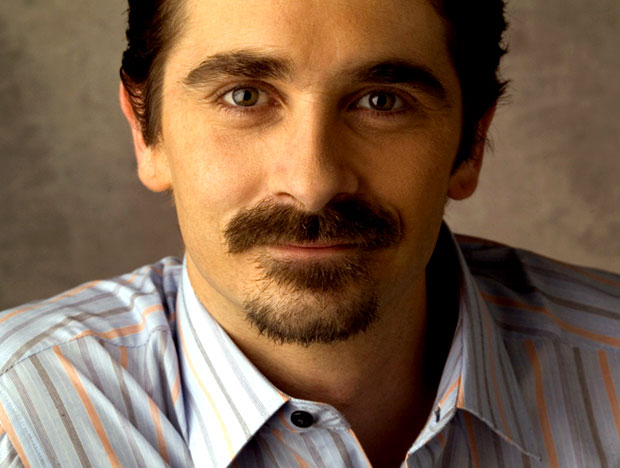
A recent visit to Texas to see performances by Houston Ballet also gave the opportunity to interview the company’s artistic director, Stanton Welch. He was born in Melbourne, Australia in 1969, the son of Australian Ballet’s esteemed principal dancers, Marilyn Jones and Garth Welch. He showed little initial interest in dance, though at the age of seventeen he began to study ballet seriously and became a scholarship student with San Francisco Ballet School. In 1989 he was given a contract with Australian Ballet and rose to the position of soloist. He began to choreograph and in 1990 created his first commission for Australian Ballet. He took over from Ben Stevenson to become Artistic Director of Houston Ballet in 2003 and last year the whole company moved into its impressive, large $47million new home, the Center for Dance.

You’ve been in Houston now for nearly nine years yet you still hold the post of Resident Choreographer of Australian Ballet. How does that work?
Resident choreographer of Australian Ballet just means – well actually, I don’t know what it means! (Laughs). But I suppose that the resident choreographer doesn’t have to live in the place of his residency. The company does a work of mine every year, or every two years, and it’s not necessarily a new work. I’ve been resident choreographer for 15 years and from the beginning there was no conversation on how much I had to do. It was just ‘your job’ and not that you had to do something every year. It’s not a paid position – it’s just a title.
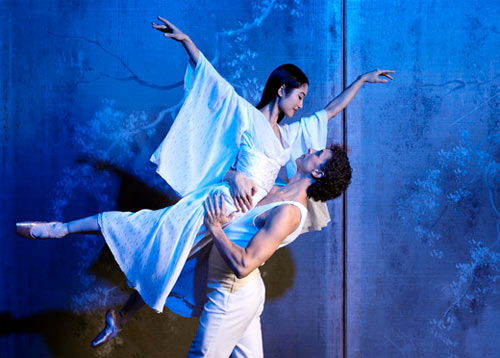
How often do you get back to Australia?
I go back once a year or a little more. They did my Butterfly (Madame Butterfly) this year and I was over to rehearse that last year. I’d gone the year before to see some shows of Sleeping Beauty, and they did Divergence again recently though I didn’t see that as my brother Damien set that. So there’s still a connection and I feel patriotically connected too in a way. Yes I do miss my family and of course I would love a beach. I find similarities between America and Australia and their peoples are similar too. There’s a lot about Texas that reminds me of Australia in spirit, so I do feel pretty much at home here. It’s just when I see my nephews and nieces every three years and realize how much they have changed, that I think ‘what am I missing’? But Mum comes over every year and Dad every two years. And I see Damien, so I feel visited.
What do you feel are the differences between Australian and American dancers and the ways of conducting companies?
There are many different expressions of dance in America and that’s what I found when I first came over in 1988 to go to San Francisco Ballet School. It’s more like Europe really: when you travel from Italy to Germany to London — the styles of dance are all a little different, and you have that in America also. It too has its voice and is very varied. You have ABT dancers in that style of dancing, San Francisco Ballet with a very strong voice, New York City Ballet with the whole Balanchine philosophy, and that’s not counting Alvin Ailey, Joffrey Ballet and all the other great companies. They are very varied, strong and have their uniqueness.

Australian Ballet reminds me more of the Texas style than say ABT or SFB. The dancers have a kind of braveness – it’s an ‘all or nothing ‘ kind of attack of work and drive. And I love that energy. I always found that when I came when Ben was still here. They were really brave dancers, really loved to act. They loved Kylian and Christopher Bruce and the old-fashioned story ballets equally, and I find that very rare. I certainly experienced that when I was dancing with Australian Ballet under Maina. (Gielgud: director from 1983-96) I saw a rough adventure spirit – ‘we are going to be great’. Where did that come from? Well, I think that, with the history of Australia still being built, we felt culturally as though our greatest achievements were still coming – what we are going to be, rather than what we were. And I think that’s a very Australian thought – from sport to culture – for that young country: we’re becoming something. And I find that adventure in America, also a young country, where we’re still finding our voice and leaving our mark. I definitely find that in Texas here where the people are so supportive of challenging new work. They are not shy as an audience, they’re hungry for experimentation, and you wouldn’t think that. I love to see it – it’s inspiring.
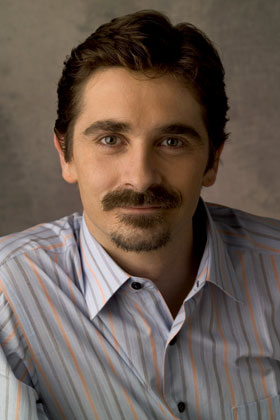
It was such a surprise when I came here from Denmark expecting it to be dry and desert-y—both geographically and culturally. What I found was that there was vibrancy everywhere and I love that. We’re all very proud of it as Houstonians – and that includes me in that title as it’s my city, not my country.
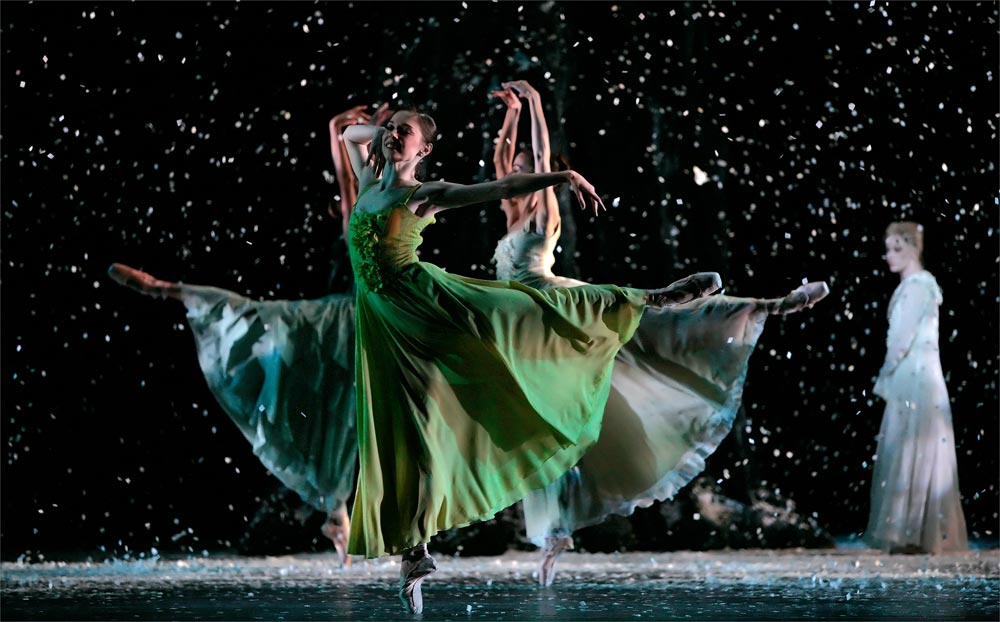
What do you feel you have brought to the company in the nine years as director?
What have I added? That’s hard. Ben formed his company similar to what Dame Peggy (van Praagh) had done in Australia in repertoire and content. So his philosophy, taste and style and whole way he functioned was very familiar to me and it felt what I had grown up in. I’d like to think that I have developed a great deal of interesting talent. For a choreographer it’s like a kind of Eden because there are all these different colours to paint with and it’s not limited. Everywhere you turn there is a unique dance expression and someone with an opinion, and they work very respectfully and very hard. And I really love that and would like to think that we’re all part of a team. The city encourages new works – they would rather you tried and failed, than not try at all. There’s such a hunger here and the city is behind you all the way to make the best thing, even if we have to make other things on the way.
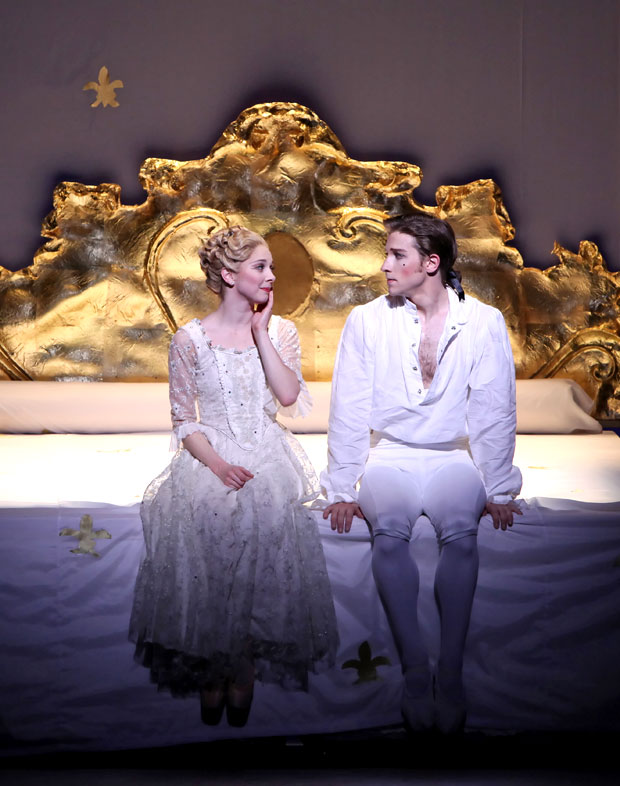
The technical standard has visibly been raised since you have taken the helm. How have you achieved this?
I have spent a lot of concentration on getting the standard as it is today and forming the kind of company that we have now and it’s been hard – it’s hard work. Our kind of a company, where one night you’re the star, the next you’re the support, is what art is to me, as opposed to an organization like the old opera companies where you have your stars and your main company. And Ben certainly was responsible for that. I love that, here, a dancer will go from being Cinderella one night to a soloist role the next, and the dancers support each other with equal vigour. You can’t have anyone in our company if it’s just about themselves – only wanting to be the star, only watching your own shows etc. We’re not big enough to accommodate that. It’s more of a shared thing. A lot of our repertoire – we might do a Mark Morris work or Forsythe’s In the Middle – is on the communist-socialistic line where all are equal – a principal might be in the back row of 12 dancers. You have to join with the concept of being part of an ensemble, and some egos can’t cope with that – none here I have to say. I’ll choose the best in the company if a role really suits, and often it’s a support dancer rather than a principal. I just want the best.
I would love to do more shows – we perform 7 shows of full-length ballets and 6 of mixed rep. per session, and I would love to increase that. We have the possibility of offering more as the theatre is dark when we are not performing. Yes, it’s shocking. It took me many years to get used to that. The up side is that we have excellent attendance – usually full house for classics and well attended for mixed reps. Houston is very spread out city and they’ve only just found out about public transport. I think that about 15 years from now when all the trains and buses work, it will be a different scene and we will be able to do more shows. But today, many feel it is too far to drive into the city for a show. We do a month of performances from Friday to Sunday, then we are off a month working on new works. We perform elsewhere – at The Woodlands an hour away, outdoors in the summer in the big parks, and on our many tours.
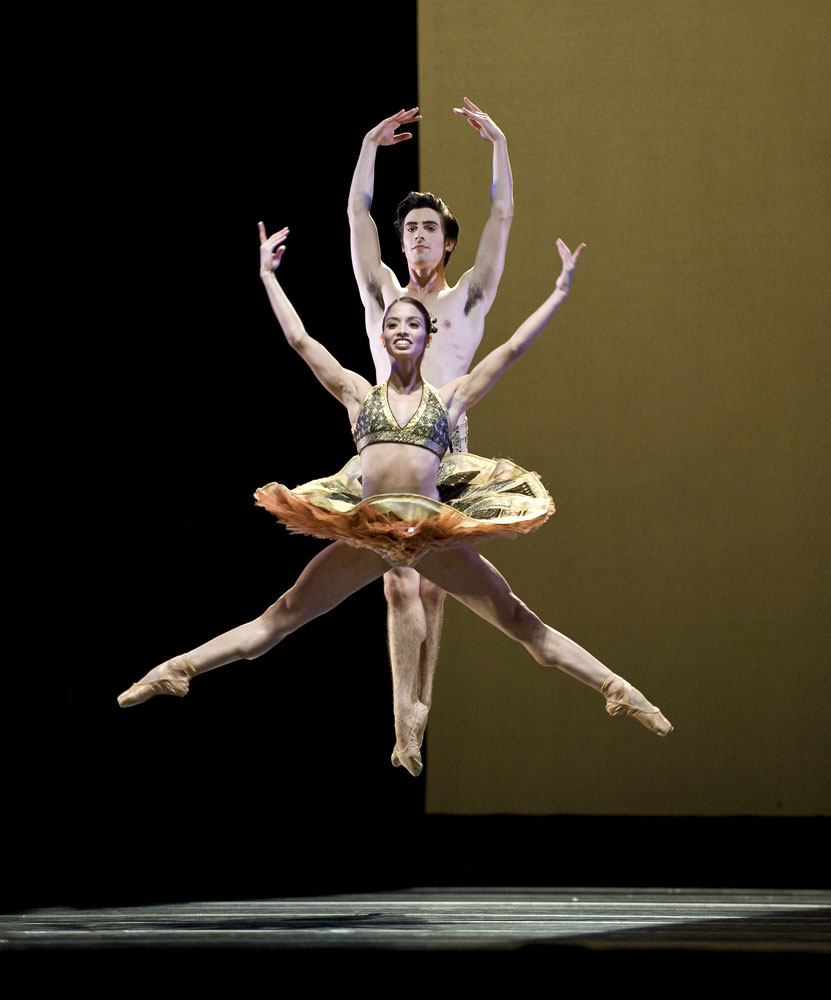
How do you encourage young choreographers?
We have choreographic workshops – the first one was last year in June. This year it will be September or October, so there is never a spare moment,. Fifteen-sixteen people entered and I was amazed by the quality of their choreography. I’ve sat through many such workshops, (laughs), and I was really pleased and proud of the fact that they were so serious and committed. There were some very lovely productions. I always use Stuttgart as reference. There was a period when Neumeier, Kylian , Forsythe were coming through a fertile choreographic time in the company and I would like to think that here we have the next wave, not just of choreographers, but teachers and directors. That ultimately is my dream, that these people experience this repertoire in teaching and coaching. It will spread the gospel, as it were.
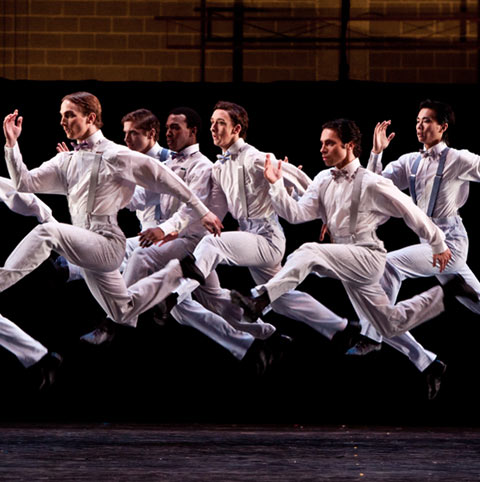
I continue to choreograph (he has created 20 ballets for Houston Ballet alone) and I am going to Joffrey Ballet in a few weeks to choreograph a new work for them. I have given them three diverse pieces of music to choose from. I like to give them options that are different.
How long is your contract for?
I have a never-ending contract! I love it here, it’s a unique experience and I don’t know if I’d want to direct anywhere else. Of course I love choreographing and want to continue doing that. Which is easier? (Big laugh.) Choreographing is much easier – all my own demons are in my head. Directorship is a roller-coaster ride. Yes, this is my first directing though I’ve been an assistant at Ballet Met. It’s something you can’t school for. I don’t have an economic brain — I leave that for others. Each directorship is different. I’ve been very lucky with C.C. and now Jim (C.C. Connor managing Director for fifteen years and James Nelson who has recently taken over from him), two people I know well and have respect for. We work like a family.
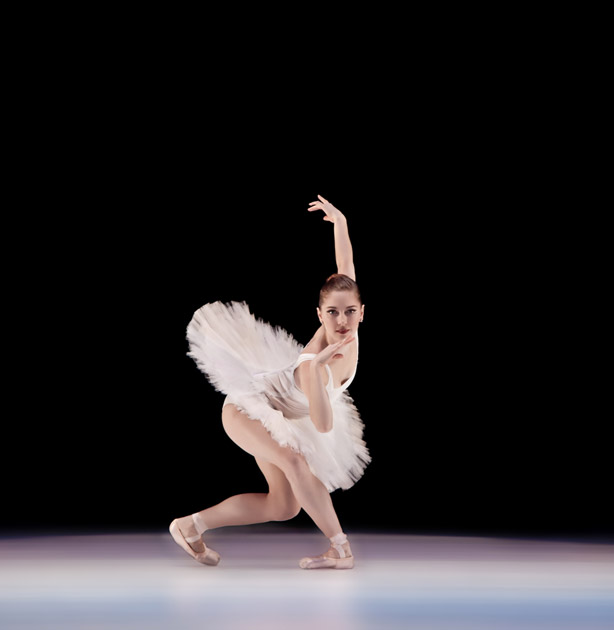
How has the world economic situation affected Houston Ballet?
The economic situation hasn’t really hit us too hard. When I watched the documentary of English National Ballet’s The Agony and the Ecstasy — there was a lot of agony! With 15% of their budget slashed, was really hard. I felt for them. But it certainly has hurt a bit — for example, all the staff, including the dancers, has accepted that they will have two years of no pay increase. But it seems pretty healthy here compared to other parts of the country. Houston does well — it still has jobs and is increasing still. There is no decline on the housing market – in fact, the suburbs were voted one of the best five places to live in the US. What hit us was when the dollar dropped and when we have to buy or rent from other countries. Then we notice the higher prices. Some have tripled or quadrupled in price. That goes for the Australian dollar – when I came here, it was 50 cents to the US dollar, now it’s equal.

Audience attendance has not dipped — subscriptions did a little but have bounced back. Fortunately the planning for our new Center for Dance building was done before the cut-back, and it has proved a good time for us to build. Luckily the recession actually made the building cheaper financially. People were looking for work and the prices for steel and brick dropped at the time we needed to buy, so cost-wise, it made the building cheaper. We were right on top of the wave of it. It’s great to be here with the whole Houston Ballet unit in one place and I am still in shock. It’s extraordinary what it has saved in time and energy, and creatively to be in those rooms – the dancers feel bigger and broader and they are proud. And we are so close to the theatre — even more so than Australian Ballet — and I love that.
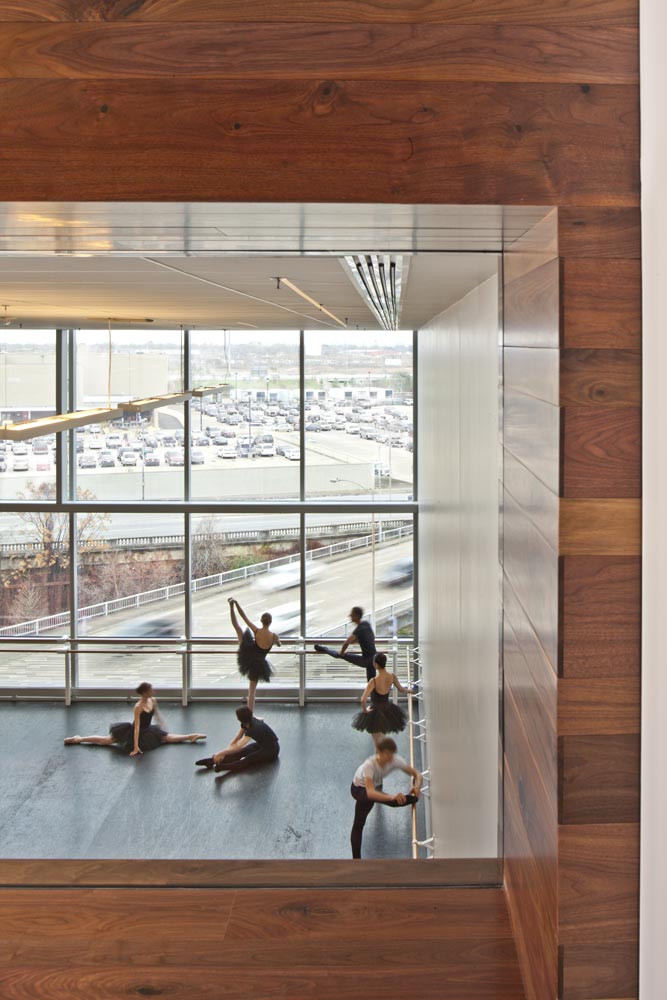
And I also love the fact that the city built this huge building to recognize classical ballet. Here in Texas we have the biggest monument to classical ballet in North America. That’s very cool. It was funded completely by private giving — from people who love the art, people who love classical ballet. That’s so exciting!







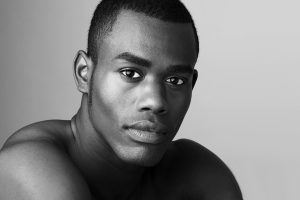






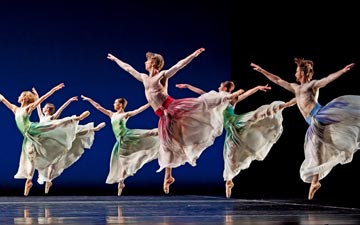

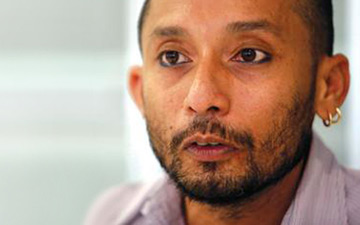
You must be logged in to post a comment.